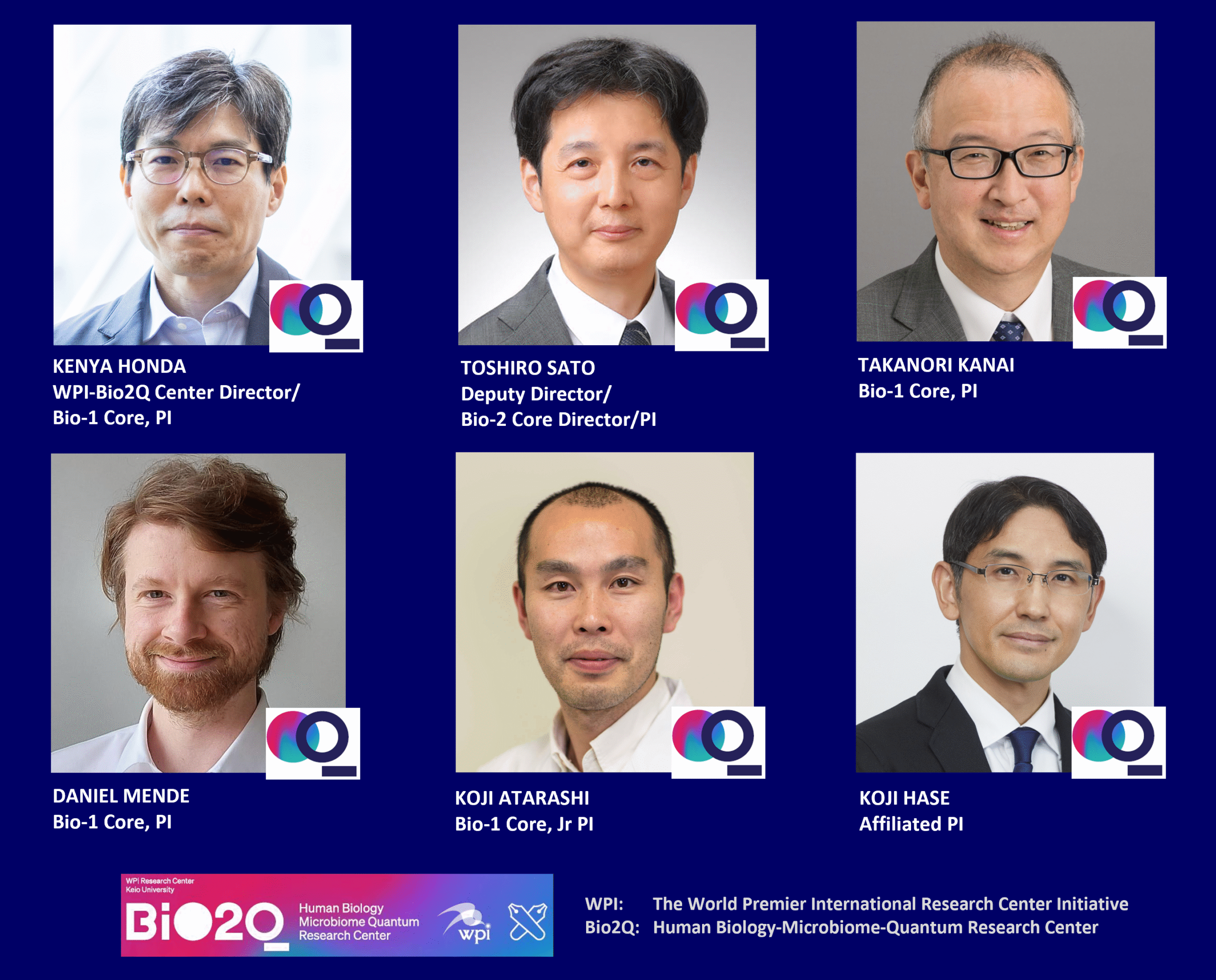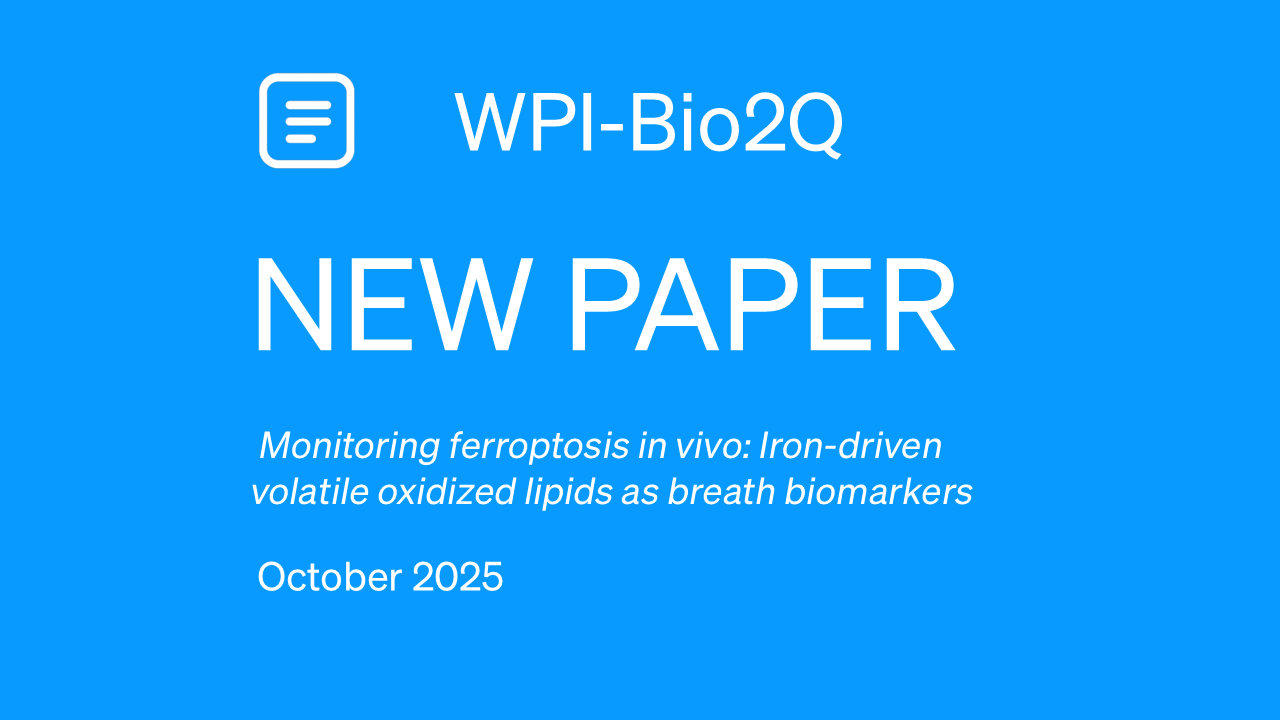RESEARCH
[Publication] Mammalian Tolerance to Amino Acid Heterochirality
July 22, 2025

Organisms preferentially use l-amino acids (l-AAs). However, de novo synthesized l-AAs are in part converted to d-AAs. The ribosome has a robust system to use l-AAs for protein synthesis, whereas non-ribosomal synthesis can also use d-AAs. Furthermor
Credits: 2025 Sakiko Taniguchi et al.
Co-authored by Bio2Q and Keio University researchers, this Review explores the role of D-amino acids in mammals, highlighting their functional relevance despite the body’s predominant use of L-enantiomers. The authors outline how enzymatic control, microbial interactions, and tissue-level adaptations allow mammals to maintain control over environments with mixed amino acid chirality.
| Title | Mammalian Tolerance to Amino Acid Heterochirality |
|---|---|
| Authors | Sakiko Taniguchi [1],[2], Kenichiro Adachi [1], Xuan Tran [1],[3], Masataka Suzuki [1],[4], Jumpei Sasabe [5],[6], |
| Short Description | This review article, co-authored by Bio2Q and Keio University researchers, examines how mammals tolerate and utilize D-amino acids, once thought to be inert or even harmful byproducts of metabolism. While systemic amino acid metabolism strongly favors L-enantiomers, this work highlights the active roles that D-amino acids play in the brain, endocrine system, immune signaling, and in the gut epithelium. The authors integrate findings from across disciplines, including microbiome science, to explore how enzymatic degradation, renal filtration, and cellular proofreading mechanisms coordinate to maintain overall homochirality, while also supporting functional heterochirality. This Review works to reframe D-amino acids not as metabolic errors, but as selectively integrated components of mammalian physiology, offering a foundation for future research into their regulatory and therapeutic potential. |
| DOI | https://doi.org/10.1016/j.coi.2025.102568. |
| Journal | ChemBioChem |
| Vol/Num/Page | Volume 26, Issue 13, e202500273 |
| Publication Date | 2025 June 3. |
Affiliations:
[1] Department of Pharmacology, Keio University School of Medicine, 35 Shinanomachi, Shinjuku-ku, Tokyo, 160-8582 Japan
[2] Research Fellow of Japan Society for the Promotion of Science, 35 Shinanomachi, Shinjuku-ku, Tokyo, 160-8582 Japan
[3] Department of Plant Physiology, Eberhard Karls Universitat Tubingen, Auf der Morgenstalle 32, 72076 Tubingen, Germany
[4] Department of Medicine, Harvard Medical School, 181 Longwood Avenue, Boston, MA, 02115 USA
[5] Laboratory of Electron Microscope and Chiral Medical Biology, Keio University School of Medicine, 35 Shinanomachi, Shinjuku-ku, Tokyo, 160-8582 Japan
[6] WPI-Bio2Q, Keio University, 35 Shinanomachi, Shinjuku-ku, Tokyo, 160-8582 Japan
More Bio2Q News
Newsletter “Bio2Q Connect” (Vol. 2, Issue 11)
We are delighted to share with you Vol. 2, Issue 11 of WPI-Bio2Q Newsletter “Bio2Q Connect”. Major topics of this issue include: The 3...
New Research Internship Student - Ms. Julia Tsanis-Horniblow
Introducing a new Research Internship Student of Bio2Q We are delighted to welcome Ms. Julia Tsanis-Horniblow as a Research Internship Stud...
Six WPI-Bio2Q Researchers Recognized as “Highly Cited Researchers 2025”
Keio University Human Biology-Microbiome-Quantum Research Center (WPI-Bio2Q) is proud to announce that six of our researchers were selected ...
[Publication]Monitoring ferroptosis in vivo: Iron-driven volatile oxidized lipid...
Researchers from Bio2Q and Keio University have developed a noninvasive method to detect ferroptosis by analyzing volatile oxidized lipids i...
New Research Internship Student - Ms. Enya Mistry
Introducing a new Research Internship Student of Bio2Q We are delighted to welcome Ms. Enya Mistry as a Research Internship Student of Bio2...







.png)




